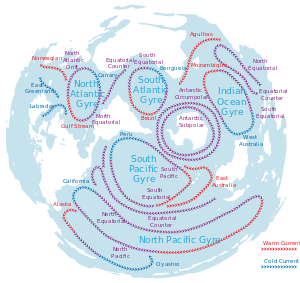Their roots are filled with a spongy tissue and small holes that offer structural support and allow oxygen to be transferred to the roots trapped underground in the anaerobic soil.
Their seeds grow with a root that helps it stick in the ground when it falls from the branches.













